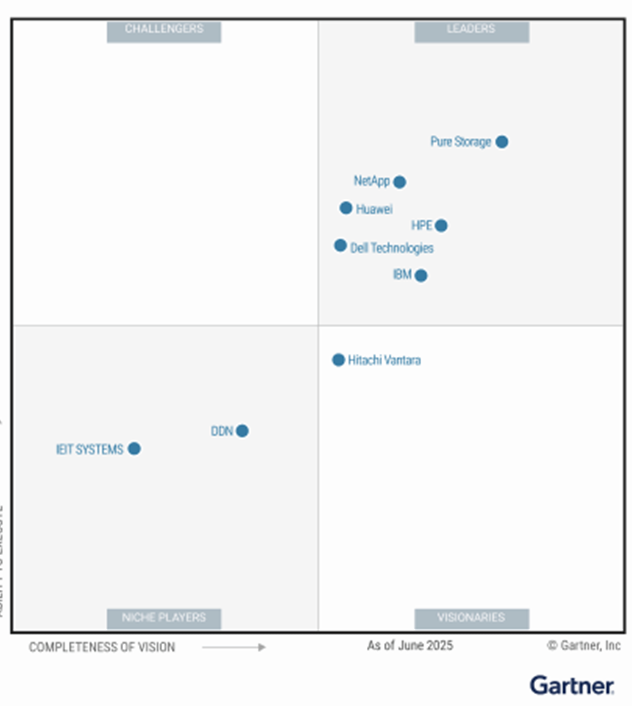Cybersecurity in SLED
- kelsey7515
- Dec 15, 2021
- 3 min read
Updated: Mar 10
Especially at the moment, cyber security is a priority for IT decision-makers everywhere. However, it is important for state and local government agencies and education systems to make this their top issue as these areas are frequent and highly visible targets. In addition to being more publicly known and accessible, these institutions contain highly sensitive personal data, which is the target of cybercriminals.
Cybersecurity threats from well-funded nation-states have increasingly impacted risk in the public sector. The public sector experiences more cyber security incidents than any other industry. School districts, colleges and universities have become more vulnerable as cybercriminals have begun to view them as “soft targets”.
The increase in these threats and this challenging environment comes as many IT teams are looking to improve and modernize their infrastructure to manage costs and improve use experience among other things.
The added security challenges of the modern day make security an essential component of any IT modernization initiative – and as mentioned above, it is crucial in the public sector.
Public sector IT teams should make sure that they are investing in the best infrastructure solutions for their needs and their organization that:
• Enhance cyber-resilience and privacy protections
• Invest in automation to lessen risk of downtime and human error
• Prevent data loss and data corruption from the edge to the core to the cloud
There are other factors to consider when enhancing cyber security within government and education IT modernization initiatives. These include:
• What tools are you currently using?
• How could you incorporate artificial intelligence/automation?
• How could the IT infrastructure become vulnerable?
• How will your organization leverage shared threat intelligence?
• How will you manage multi-cloud environments?
• How will compliance requirements guide IT modernization?
• What is the most cost-effective disaster recovery plan?
To overcome these challenges, IT security strategies for public sector should be built with three main principles in mind. These principles are:
1. Protect your data. Data protection should be of the utmost importance to every company or organization, whether you are public sector or not. You have to continuously protect data as it moves in, out or through the organization. This means incorporating encryption, multifactor authentication, threat intelligence and other modern cybersecurity solutions everywhere that it is necessary to prevent threats or risk and to make it so you can respond to them before any harm can be done. You should deploy and test disaster recovery plans to help with data protection and recovery after any cyber-attacks.
2. Enhance responsibility. Public sector organizations need reliability and resiliency since they constantly have large and complex workloads, and they are constant targets for threats and attacks. IT teams should use automation every time it is possible to minimize human error and ensure end-to-end visibility and security analytics to increase the ability to identify, protect, detect, respond and recover. Achieving or enhancing reliability means that you should limit the amount of vendors you use within cyber security, and instead focus on a few trusted partners that can help round out everything related to cyber security for you, and integrate it with the broader IT modernization portfolio of the organization.
3. Peace of mind. Cyber security is one of the issues that IT leaders constantly worry about. If this problem could be fixed or worked through, it would lessen the stress of IT teams and would give them some peace of mind. To deliver digital transformation, users should feel confident that their data and privacy are not at risk and that they will be safe from cyber attacks. Some ways for IT professionals to get peace of mind are by finding ways to lessen financial risks, reduce operational costs, protect investments and feel confident in your security training, awareness and compliance.
Overall, when public sector organizations are enhancing or establishing a data protection program and modernizing IT, it is important to partner with the right organizations. Organizations with proven infrastructure solutions and with government or education expertise will be able to understand and best help you protect your data and put in place cyber attack plans in case anything were to happen.





Credit reporting errors? They're the worst, and often the reason your credit score is lower than it should be. Imagine this: you're doing everything right—paying your bills, keeping your balances low—and then, boom, you check your credit report and find wrong information. A late payment that wasn’t yours, a wrong address, or even a credit card account you never opened. These mistakes can mess up everything—from getting approved for loans to paying higher interest rates. Want to understand what qualifies as a credit reporting error and how to spot them? Here’s a quick guide: https://consumerattorneys.com/article/what-are-credit-reporting-errors. Fixing them before they wreck your finances? Definitely worth it.